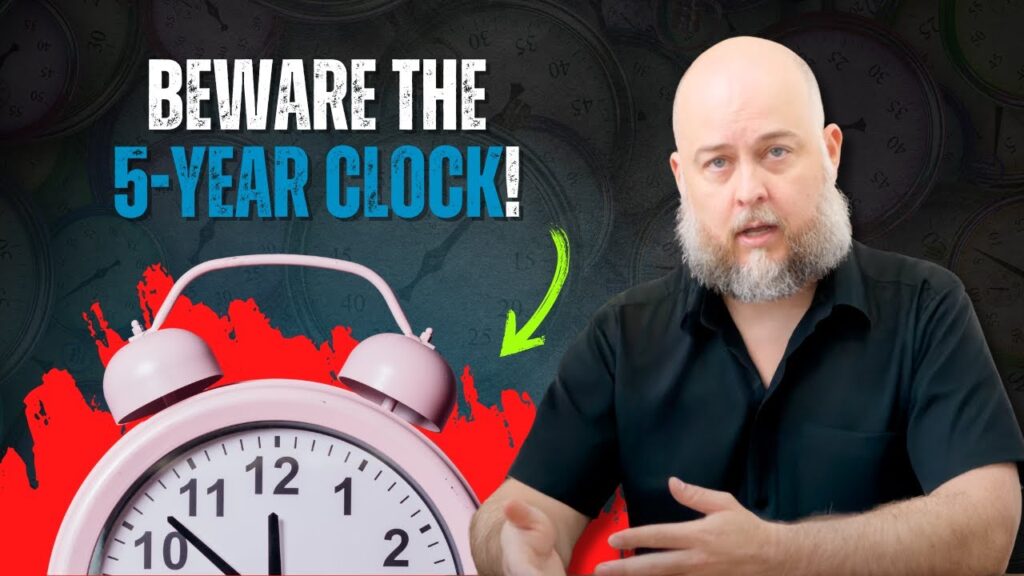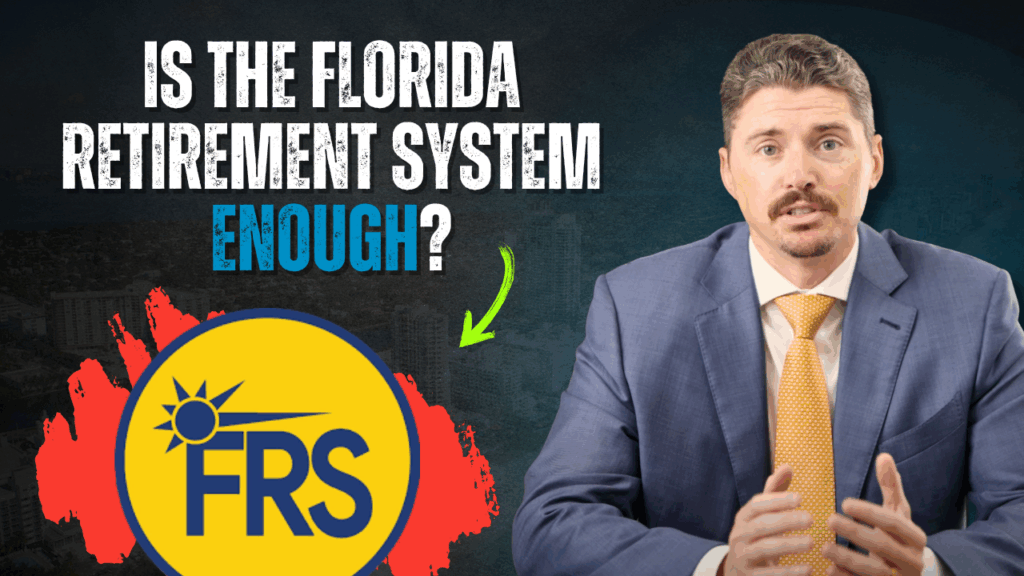Realtors are often 1099 employees.
This means realtors aren’t officially employed by a company and therefore don’t qualify for a traditional employer-sponsored, employer-matching retirement account. Of course, a realtor may open a traditional IRA, but there is a potentially better option out there. It’s called the Solo 401(K).
Let’s look at four reasons a Solo 401(K) may be attractive to a realtor.
1. Greater Contribution Limits
Just like with other retirement accounts, there are restrictions as to how much you can plug into your Solo 401(K) each year, but the Solo’s limits are significantly higher. In fact, you can contribute up to $61,000 per year(!) into your Solo 401(K). By comparison, a regular employer-sponsored 401(K) allows you to contribute up to $20,500 per year while an IRA lets you contribute only $6,000 into it. Once we factor in catch up contributions, the differences are even more striking.
CATCH UP CONTRIBUTIONS
Each of these plans offers catch-up contributions for those 50 and older. For the Solo and regular 401(K), this means you can add $6,500 extra dollars a year into your retirement account, while the IRA allows an extra $1,000 per year.
The table below lays out the maximum amounts you can contribute to each kind of retirement plan.
Maximum Yearly Contributions
Under 50
50 +
NOTE: SEP IRA VS SOLO 401(K)
The SEP IRA is often lauded as the IRA of choice for Sole Proprietors. But is it really the best? The Solo 401(K) allows for greater contributions and contribution flexibility due to the ability to put into it as both an employer and an employee. This allows you to max out your contributions at a lower income level than the SEP IRA as the SEP only allows 25% of profits to be contributed and only as the employer. Call to further discuss.
2. Roth Contributions
There are two basic kinds of retirement accounts based on tax status – traditional and Roth. Roth retirement accounts work as follows: you pay taxes on your contribution now, but then let that contributed money grow tax-free (and the subsequent withdrawals are also tax-free, as long as five years have passed since you started contributing upon reaching the age of 59.5). With a traditional retirement account, you contribute money and pay taxes when you start making withdrawals, paving the way to hefty tax bills upon retirement. Oftentimes, paying taxes now and letting money grow tax-free makes great sense, especially if you have a Solo 401(K).
Fortunately, the Solo 401(K) can simultaneously act as a traditional 401(K) and Roth 401(K), making it a highly flexible investment vehicle that puts a lot of power into your hands. Ideally, you want to put a certain percentage of your contribution funds into either the traditional or Roth side of your Solo 401(K) to allow your investment funds to grow in the most efficient way possible. But figuring out what those portions should be is the tricky part, which is why we’re here to help!
3. Additional Asset Protection
This will come as a surprise to many: if you fall on hard times and have to file for bankruptcy, your Solo 401(K) will be left untouched by creditors seeking payment. Your Solo 401(K) account is separate from your regular bank and/or retirement accounts and protected under federal and state law. This means that the Solo 401(K) can protect your assets much better than other retirement accounts, including the IRA. You can rest assured your money is safe and sound as long as it’s in a Solo 401(K) account.
That’s where Base Wealth comes in.
At Base Wealth Management, we analyze your specific situation and take the guesswork out of trying to determine exactly where your funds should go in order to optimize your financial plan and help bring about a happy retirement. Click the button below to schedule a meeting and get the ball rolling today. In the meantime, check out some of our retirement guides!



















